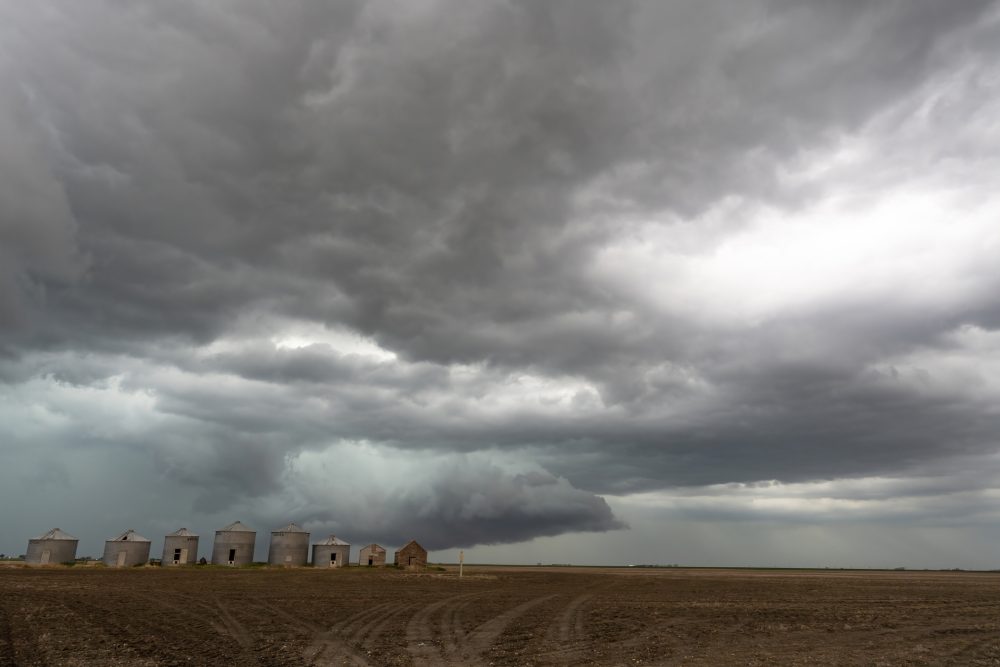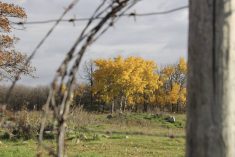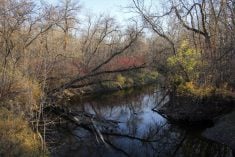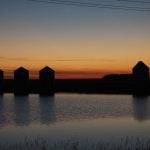A provincial program covering Saskatchewan residents’ costs to put up emergency, permanent flood protection has been expanded to include projects to protect private wells.
The province’s Emergency Flood Damage Reduction Program (EFDRP) is offered to communities, rural municipalities, businesses, non-profit organizations, individual farm and country residences and cottages facing “imminent flooding.”
The 2015 program, launched Wednesday, adds “assistance to prevent damage from imminent flooding to water wells used for human consumptive purposes.”
For individuals and businesses, the EFDRP covers 85 per cent of the cost of approved permanent flood protection works built against imminent flooding in 2015. Communities are eligible through the EFDRP to recover 75 per cent of the cost of such works, such as berms or culverts.
Read Also

UN weather agency reviews priorities as funding falls short
The UN weather agency plans to cut some posts and is reviewing its priorities as dozens of countries, including the United States, are late with their fees, a spokesperson said on Friday.
EFDRP funding can be obtained for such work, if the work is deemed eligible as per the program profile, it provides protection from imminent flooding and it’s recommended by an engineer or “technical specialist.”
The 2015 program covers eligible costs incurred up to Dec. 31, 2015.
The provincial Water Security Agency has to approve the work in advance “when possible,” but if prior approval isn’t obtained, the WSA will review the work to see if it’s the “least cost” option and can be covered by the program.
Applicable approvals, such as drainage permits or aquatic habitat protection permits, must be obtained before the start of construction, the province said.
The EFDRP can also also cover 100 per cent of the costs to test flood-impacted private wells and cisterns that provide water used for “consumptive purposes.” Eligible services in such cases could include on-site sampling by technical staff, lab analysis of samples, and “communicating the results” of the lab analysis.
Almost all wells require shock chlorination after a flood, so testing of wells will only be provided after shock chlorination, the province said. Lab analysis is limited to tests for the “typical contaminants” from flooding, such as nitrates, total coliform and E. coli. — AGCanada.com Network















